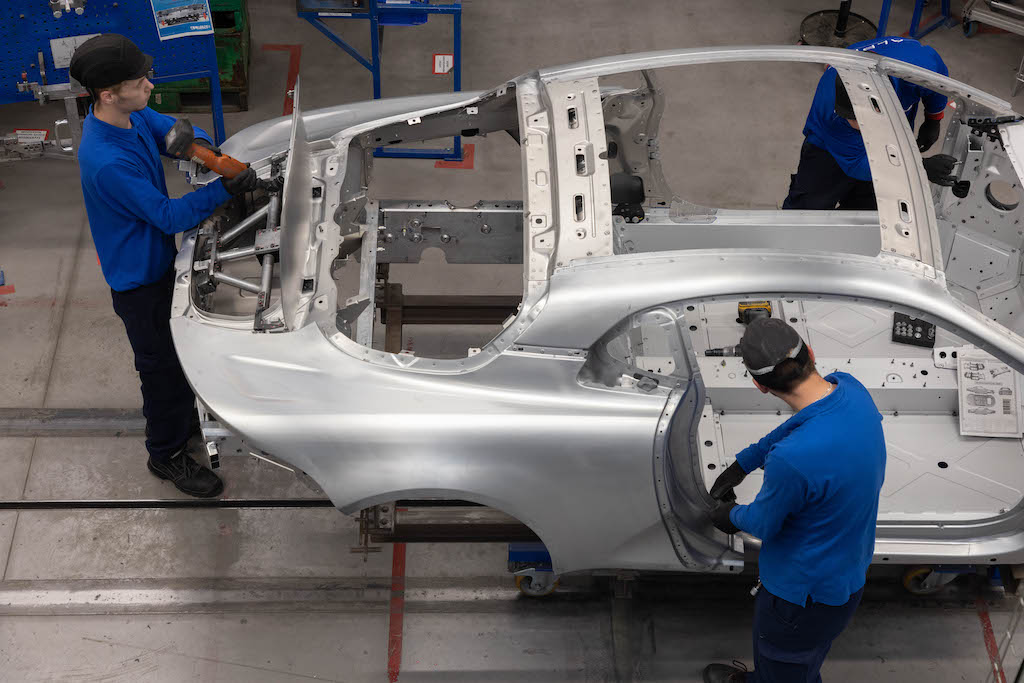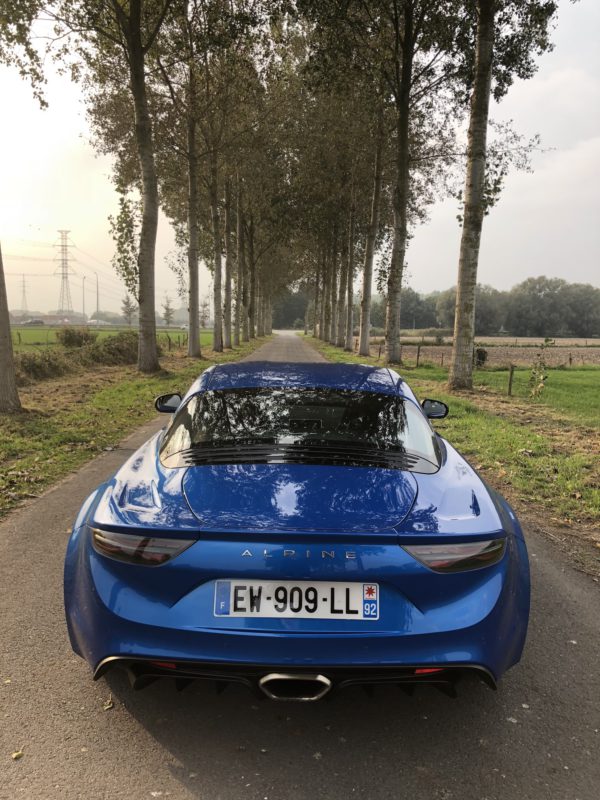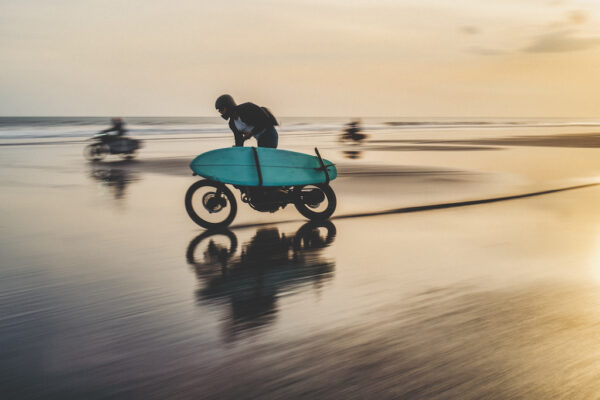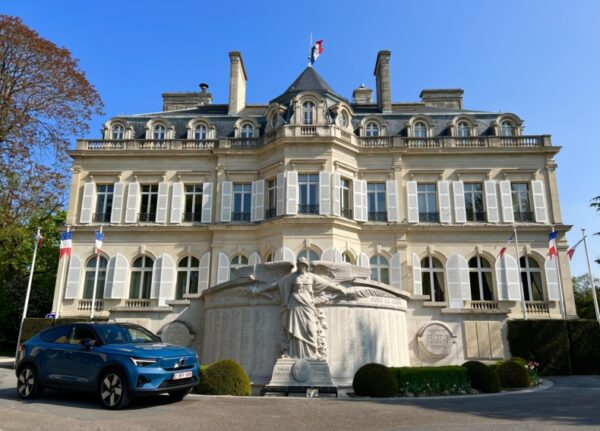Alpine became famous for the driving pleasure of its sports cars, brought to perfection by Jean Rédélé on the winding roads of the Alps. Exactly one hundred years ago, the founder saw the light of day in Dieppe in northern France, his car brand 33 years later. We went to the birth place of the French sports car brand in Normandy to find out why this success formula still works today.
Text Anja Van Der Borght
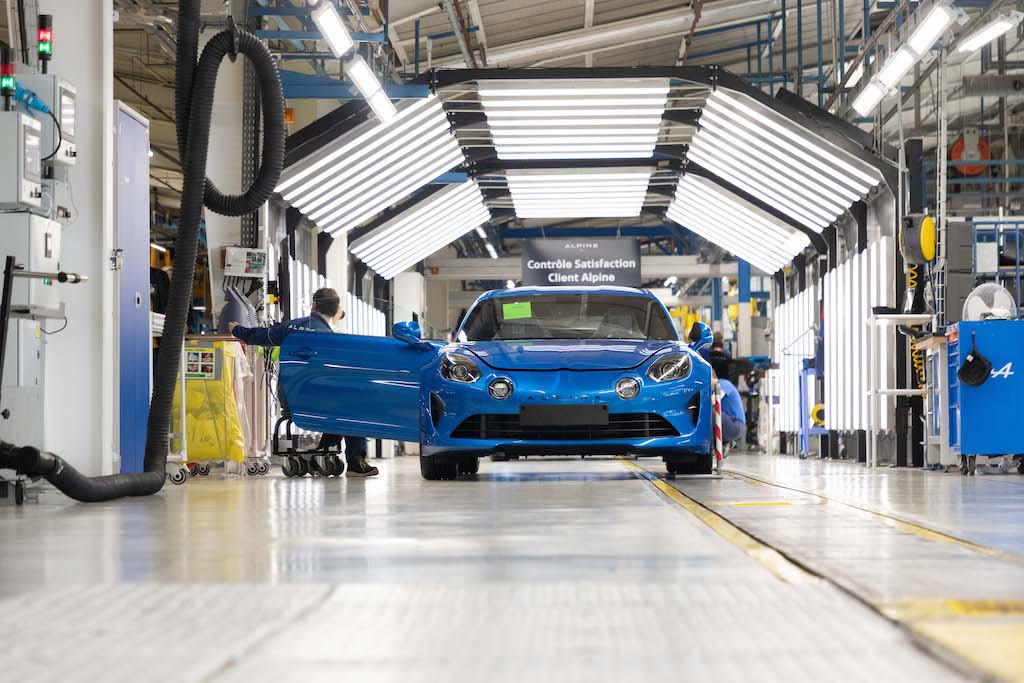
Major car brands are often created by impressive characters. Just as Lotus was founded by British designer and inventor Colin Chapman, so Alpine is inextricably linked to Jean Rédélé, who at the age of 24 could call himself France’s youngest car dealer. But Rédélé was unique in many ways.
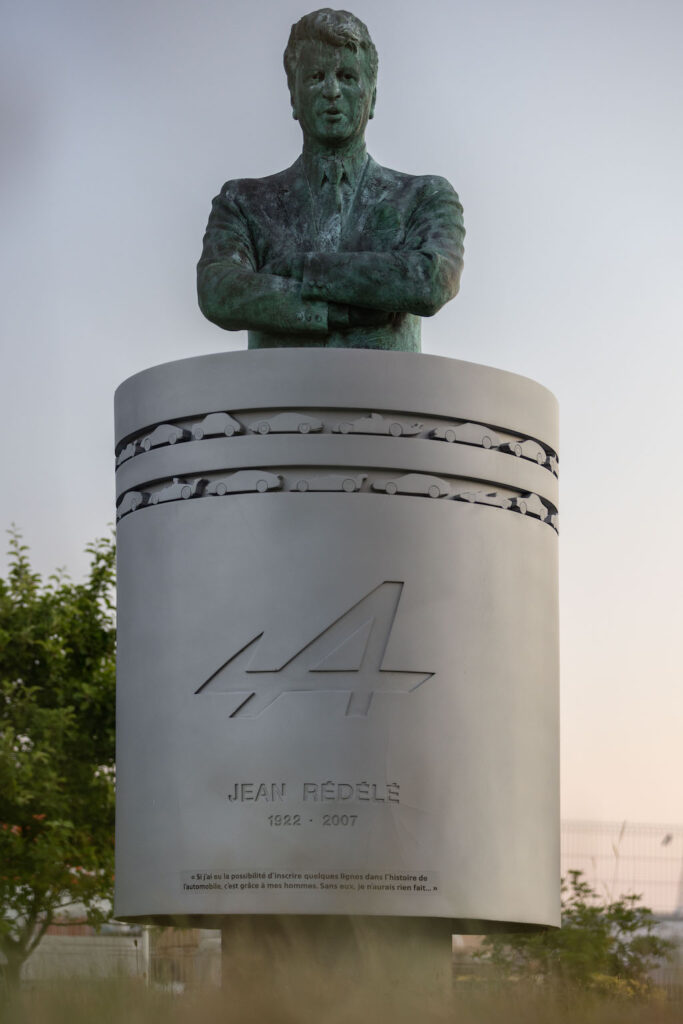
A crash course
Born in 1922 in Dieppe, Normandy, Jean first had other aspirations than taking over his father Emile’s Renault dealership. Not that his father hadn’t made a remarkable career. Indeed, this man had proven to be good enough to be hired as a mechanic by none other than Louis Renault, founder of Renault, himself. Emile drove the industrial magnate around for a while until he went to work as a racing mechanic, coming to Dieppe for the 1907 Grand Prix Automobile de France, where he stayed. After the First World War he opened there a small garage and a bus company. A few months later, on May 17, 1922, Jean was born. When he was in his teens, the Second World War broke out and in 1941 the garage was bombed. The family nevertheless struggled on and Jean went to the HEC business school in Paris to take a crash course in November 1945. Just under a year later, he graduated with an excellent grade for his dissertation on his vision of doing business and managing Renault dealerships. He sent the thesis to Pierre Dreyfus, Renault’s second man in command, who appreciated it so much that he awarded the Renault dealership in Dieppe to Jean Rédélé instead of his father Emile. In addition to selling the Renault 4 CV, Jean also started a business in the selling surplus military equipment, which sharpened his sales skills and gave him a lucrative income. He thus demonstrated his flexibility and a keen talent for adapting to situations.
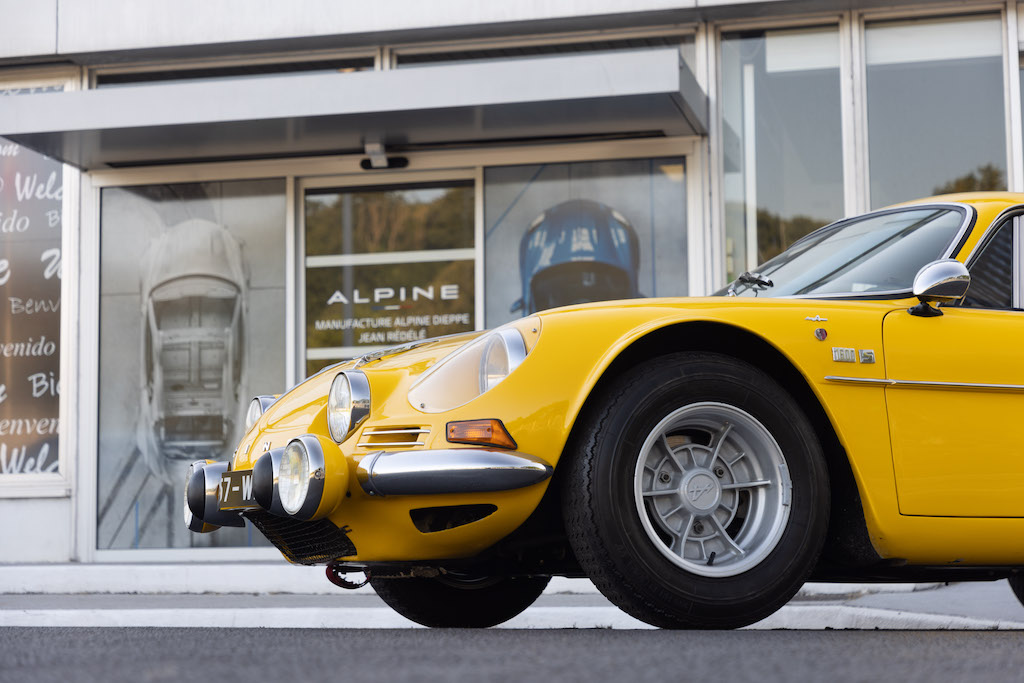
Good name
He did not buy a flamboyant American luxury car or an Italian sports car, instead Jean preferred to race a modest Renault 4 CV first in the 1950 Monte Carlo Rally and then in the Dieppe Rally, which he won. These achievements enabled him to apply for the purchase of a 4 CV 1063, intended for the competition. Initially only twenty were produced, thirteen of which were intended for ‘sportscar dealers’. Behind the wheel of this car, he finished first in class in the Rally of Dax and the Tour of Belgium, second in the Dieppe Rally, and third in both the Tour de France Automobile and Liège-Rome-Liège in 1951. His biggest win, however, was in the Milla Miglia of 1952. The 1063 was very fast, but expensive and rare. Jean Rédélé, therefore, decided to build a more suitable car himself. “I had the most fun driving my 4 CV through the Alps. I discovered the joy of driving on mountain roads”. This statement would be decisive in the choice of the name of his own car brand: ‘Alpine’.
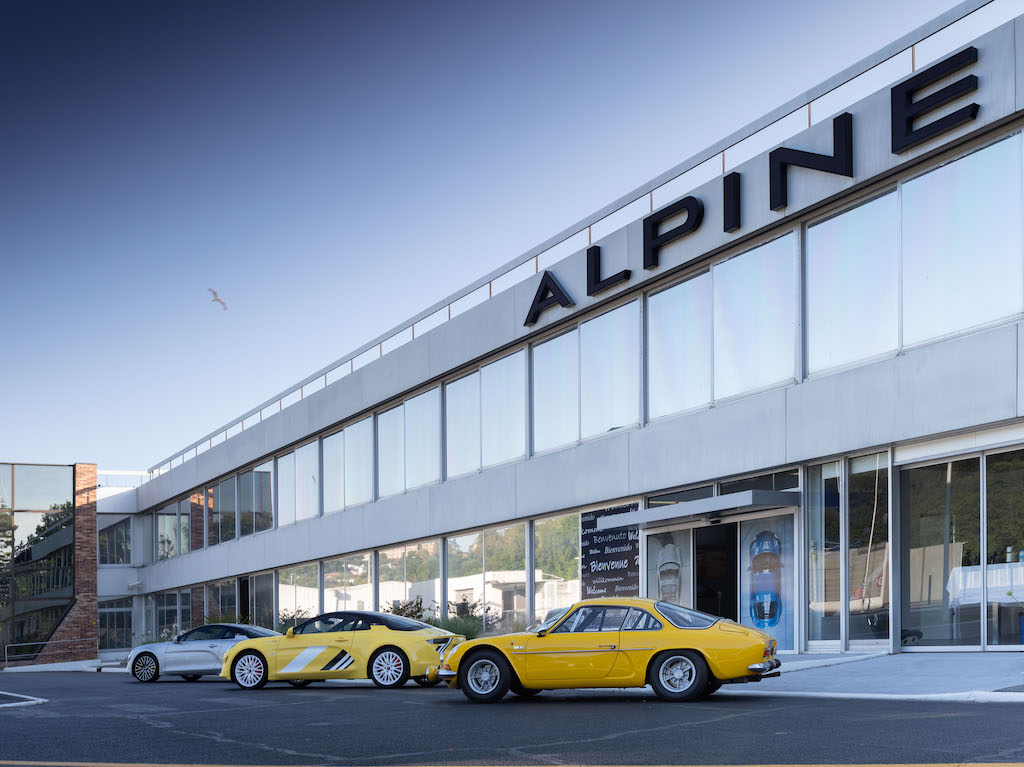
Focus on low weight and handling
In 1952 he met Giovanni Michelotti, a young designer from Turin, who was trained at the ‘Stabilimenti Farina’ of Giovanni Farina, brother of Batista ‘Pinin’ Farina, before he founded his own design studio in 1949. Rédélé and Michelotti shared the same taste for elegance and efficiency and soon enough Rédélé commissioned him to design a sports car with the parts, platform and mechanics of the Renault 4 CV, but clearly more streamlined and above all lighter. The body was made of aluminum by the Allemano workshops and the car weighed only 550 kilos, or 60 kilos less than the small Renault passenger car in steel. Instead of focusing on parts – such as the cylinder head or camshaft – that would increase the power of the engine, Jean Rédélé chose parts that improved handling. A choice that would remain a constant strategy at Alpine since the introduction of the mythical blue Alpine A110 in 1962, the so-called ‘Berlinette’.
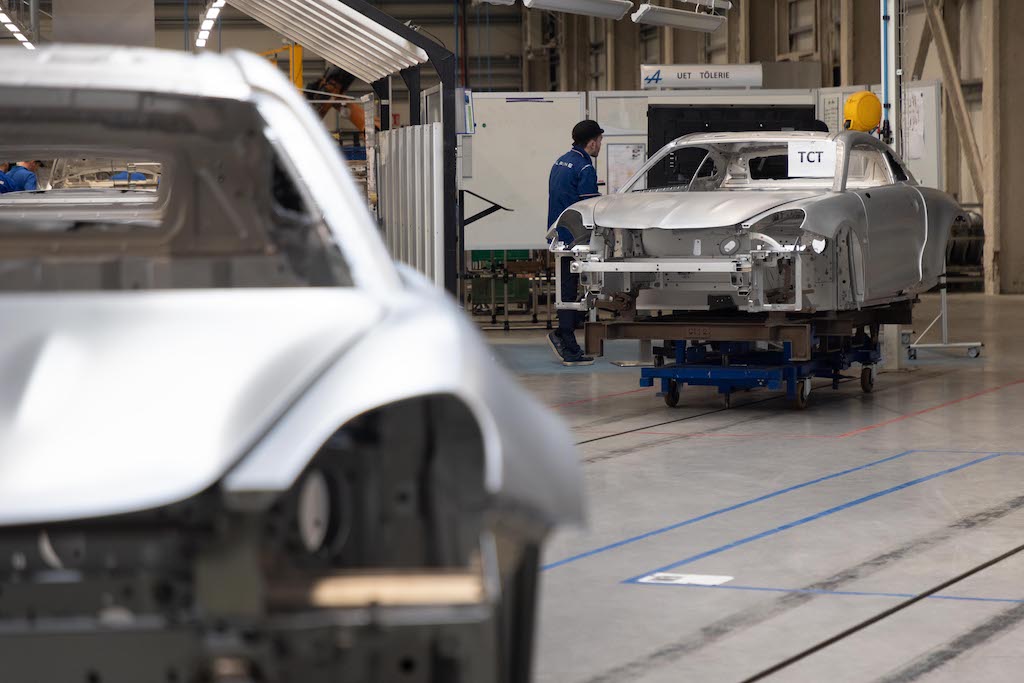
Pure driving pleasure
However, the Alpine A110 did not become famous until around 1970. After having won many rallies in France, numerous wins were also made at international level. In 1973, the year Groupe Renault acquired Alpine, the A110 became the first car ever to win the World Rally Championship. However, the glory days where over when the curtain fell on Alpine in 1985. It has been quiet for years until the Renault group made a comeback in 2017 with the A110 Première Edition. The limited edition is completely in line with the success recipe of yesteryear. A success formula that seems to have lost nothing today and which we also really appreciate when we drive from Kortrijk to Dieppe in the new Alpine A110 S – equipped with (optional) Aerokit in carbon. This sports car with a 4-cylinder 1.8 liter turbo engine with 300 hp is not lacking in performance. For a weight of only 1,109 kilograms, that’s a lot of horses, but it is above all the compact dimensions, the seating position, smooth handling and road holding that provide unadulterated riding pleasure. The technicians at the Dieppe factory are still doing everything they can in this area and many other areas today to outdo the competition.
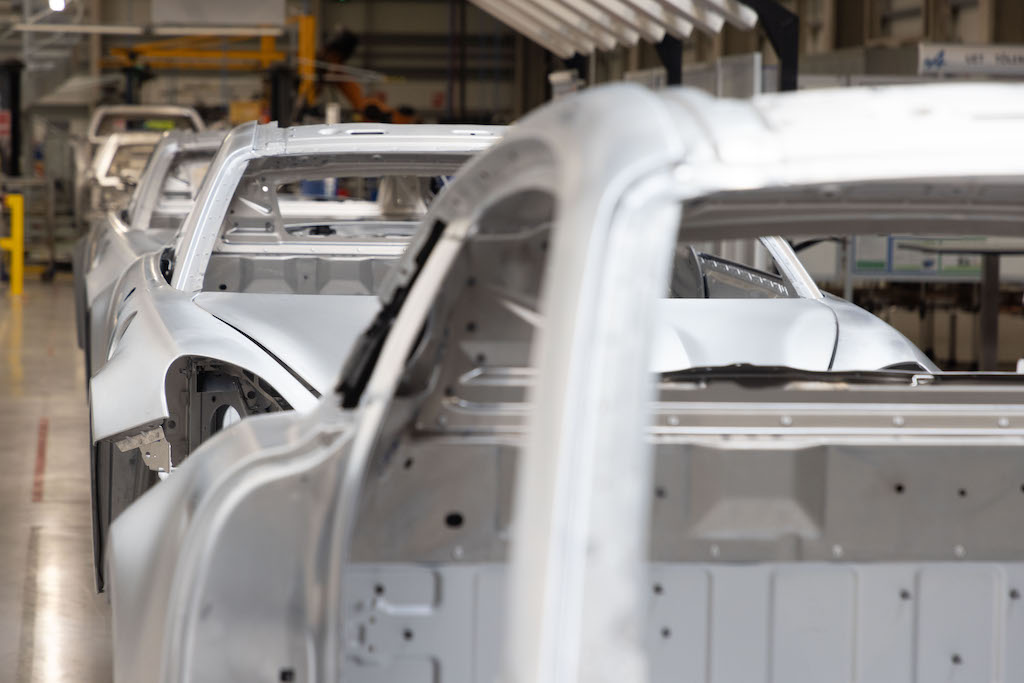
“At the end of the assembly, there should not be a single rivet left. It’s a form of auto control. After all, we’re not here at Ikea.”
Dany Defontaine, Head of Communications at Alpine.
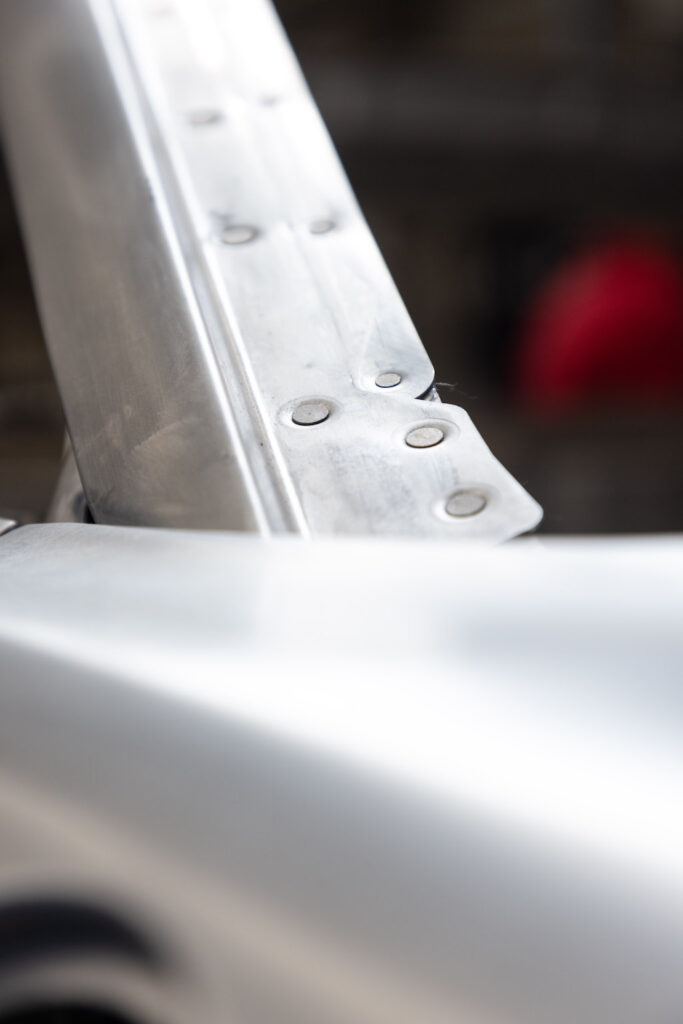
Ballet of mechanics
When we visit the Alpine factory, we can observe how man and machine interact. A well-orchestrated ballet controlled down to the smallest detail. For example, the parts per car are prepared in assembly kits and monitored by sensors that let the mechanic know via a light signal which part he should take in succession. If he takes a wrong part, a buzz signal sounds. Tools that ensure that no assembly errors are made on Monday morning. We walk cautiously on the green paths through the factory and are particularly impressed with the rivet assembly process, which Alpine adopted inspired by the aviation and which enables the brand to deliver excellent value for money to the end consumer. There are no fewer than 1,600 rivets in every Alpine. “At the end of the assembly, there should not be a single rivet left. “It’s a form of car control,” said Dany Defontaine, head of communications at Alpine. “After all, we’re not here at Ikea.” We also notice all kinds of markings in fluorescent yellow. We find them at every stage of the assembly of the bodywork. “These are to indicate all the things we have to fine-tune to get the perfect geometry,” says Defontaine. Something they clearly pay a lot of attention to at Alpine.
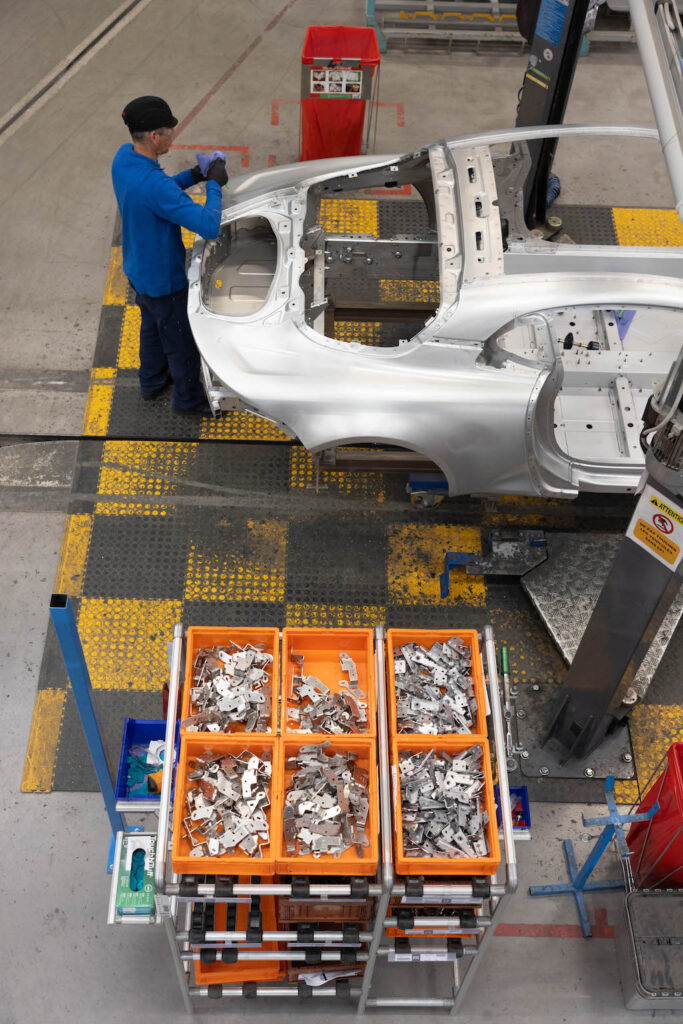
Incidentally, hardly any machines are used during the assembly, making the process ultra-flexible. On the assembly line we see an A110 S passing by, but also a beautiful emerald green A110 ‘Atelier Alpine’, which is part of the personalization program. Each heritage color is made in just 110 units, which means you are actually buying a very unique car. “Certain heritage colors in this bespoke range are completely painted by hand,” explains Defontaine. “Because the process takes place at a low temperature (80 °C), we can also integrate plastic parts into the painting process.” Before the body goes into the paint shop, she passes the sanding robot. “We bought this robot especially for the production of the A110 to obtain even smoother sanding surfaces than the competition,” says Defontaine. In the ‘paluchage’ quality control workshop, the technicians carefully touch the body with their hands in search of imperfections or dust residue from sanding. A little further on, two technicians in the ‘atelier de finition premium’ examine the car body finish with a magnifying glass in a huge light tunnel. They sample the color and density of the paint as well as the possible presence of an ‘orange peel’ effect in the paint finish. In the latter case, the painting process must be repeated. There is clearly a lot of attention to detail here. As Alpine’s deputy director general Bernard Ollivier once said, “the Alpine factory in Dieppe is the precision finger of the automotive world’s haute couture”.
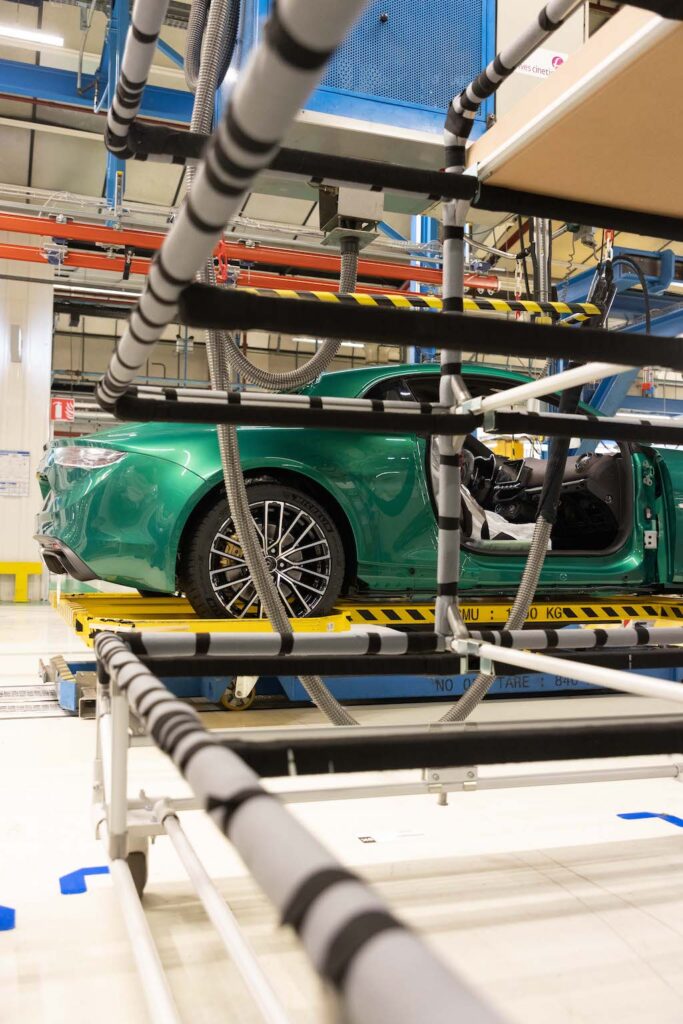
Electric future
Today, eighteen Alpines a day leave the factory in Dieppe, but fortunately there is room for expansion because Alpine plans to launch three new sporty, pure electric models by 2026: a compact car, a GT crossover and the future replacement for the A110. It is here at the Dieppe site that the future GT electric crossover will be built from 2025 onwards. “And the big challenge is to add the production of this electric car to the factory and to produce 20,000 to 30,000 cars per year,” says Defontaine. “It will be a logistical challenge, but Alpine is no small business and so it is assured of an electric future.”
